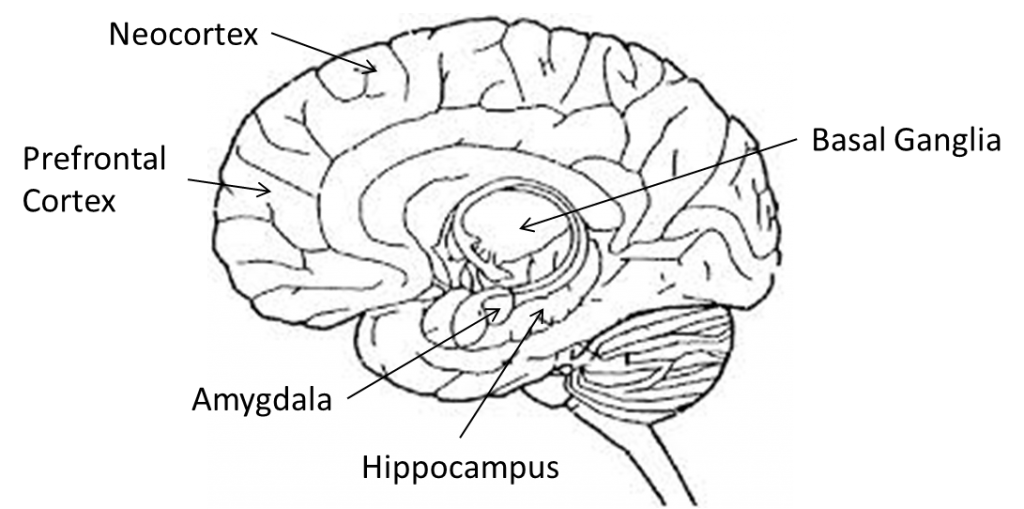Neuroscience offers new insights on what causes customer retention. Experimenters have recently studied the brain activity involved when positive experiences sway the decision to stick with one option rather than switch to another. Since subscription-based companies must keep their customers longer in order to become profitable, understanding how the mind works pays dividends. Science suggests that when managers ensure a history of beneficial encounters, customers will renew their contracts down the road simply because of brain chemistry.
How we decide
Faced with a learning situation, the subconscious mind reflexively anticipates the outcome and sets an expectation. At the end of the learning activity, the brain then evaluates what happened. It releases dopamine, a powerful neurotransmitter, when the action’s reward exceeds the expectation. If the reward falls short, however, the brain restricts dopamine, signaling frustration or anger. At the end of each learning cycle, the brain reduces its reward prediction error, automatically raising or lowering the expectation based on the previous outcome. The expectation is then more in line with reality the next time through the reinforcement learning cycle.
 The amygdala, the part of the brain that experiences emotion, then encodes this emotional content in short-term memory stored in the hippocampus. When we sleep, the hippocampus then consolidates this memory along with others, storing the information for long term in the neocortex.
The amygdala, the part of the brain that experiences emotion, then encodes this emotional content in short-term memory stored in the hippocampus. When we sleep, the hippocampus then consolidates this memory along with others, storing the information for long term in the neocortex.
When we make a decision, our prefrontal cortex constructs representations of various options, and then recalls relevant memories from the neocortex. The brain activates a number of circuits, including the amygdala, to recall, decode and associate a range of factors with each option: emotional intensity, cost, salience, incentive attractiveness, incentive magnitude, motivational state and prior learning history.
The prefrontal cortex then calls upon the basal ganglia to be the ultimate judge. This mid-brain circuitry evaluates each option, compares it with a goal, and then selects the most rewarding path. The basal ganglia then trigger our motor system to take action. This process happens automatically, often below our conscious threshold.
Stay or go?
Recent research on the basal ganglia sheds more light on how the brain makes exploration-exploitation selections.[1] In an experiment to understand the neural circuitry involved in “exploit” (stay where you are) and “explore” (switch to something else) choices, researchers learned that stronger dopaminergic signals in a key basal ganglia circuit decreased exploration behaviors.
Scientists set up betting games in which test subjects were given the choice between selecting known options having a history of payoffs and unknown options having unknown payoffs. Subjects discovered the benefits were historically higher with certain choices, and since more dopamine had accumulated in the reinforcement learning process, their brains expected better outcomes for those choices. These higher expectations generated stronger “exploit” signals, which in turn inhibited their impulses to “explore” something else.
Satisfaction begets loyalty
Economic studies in the wireless industry years ago showed that a history of positive experiences from the outset resulted in lower customer churn at renewal time.[2] Now neuroscience is showing the mechanics of how individual brains make the choices that affect the subscription economy.
The biological evidence is clear. If leaders want to prevent customers from switching to the competition, they must increase dopamine accumulation in their customers’ brains by delivering a series of positive learning experiences. Customers must come to understand the supplier can be trusted—both the brand and the people behind it—to make promises they can keep, and keep the promises they make. Exceeding expectations produces more dopamine in the minds of customers, recording pleasurable responses and positive memories. This leads to higher expectations, which then suppresses the customers’ tendency to explore other options.
In the end, customer retention is just a matter of influencing brain chemistry. And doing things right in the first place adds the right ingredients for customer loyalty.
Sources:
[1] Mandali, A., Rengaswamy, M., Chakravarthy, V., Moustafa, A. (2015) A spiking basal ganglia model of synchrony, exploration and decision making. Frontiers in Neuroscience, 27 May 2015.
[2] Bolton, R. (1998). A dynamic model of the duration of the customers’ relationship with a continuous service provider: the role of satisfaction. Marketing Science, Volume 17, No. 1, 1998.
